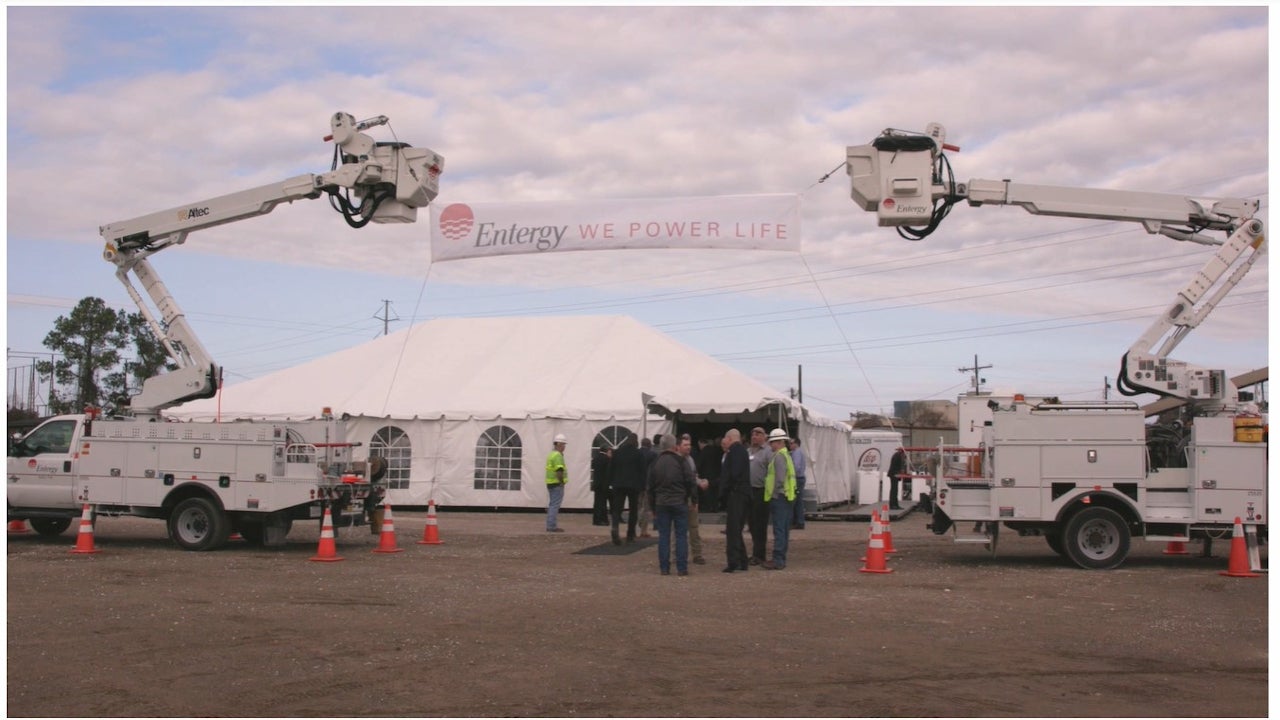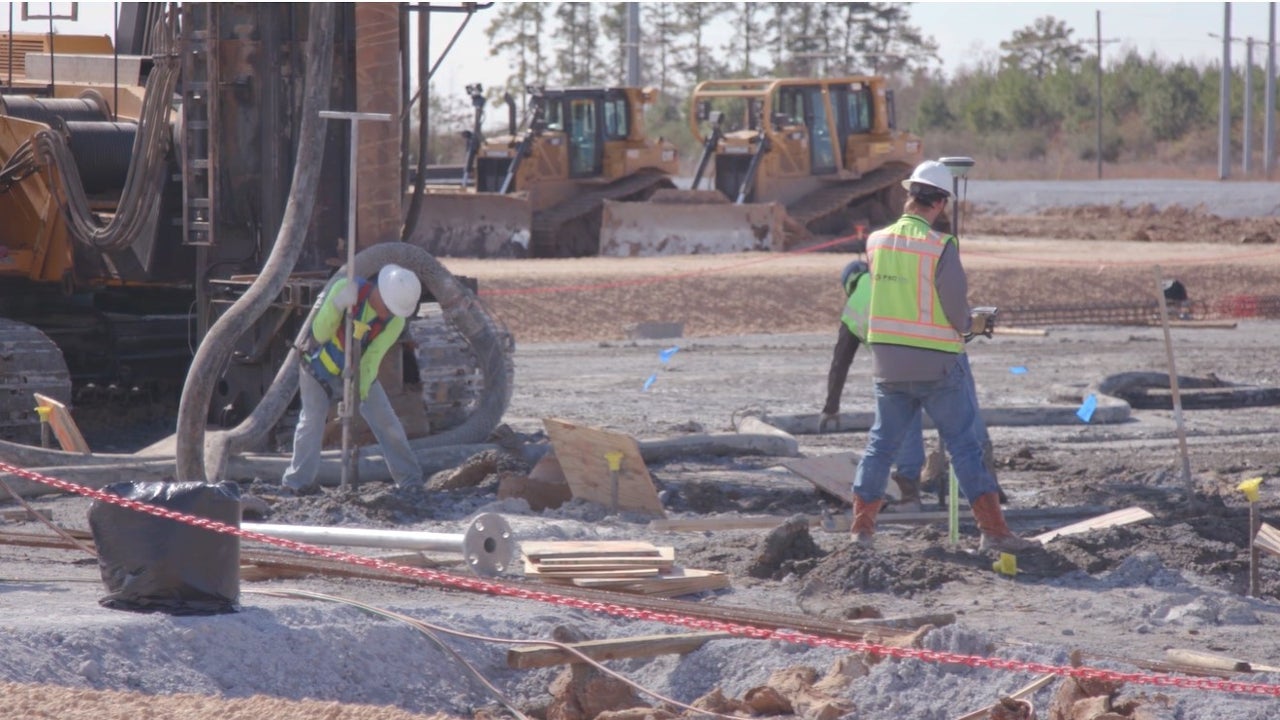Lake Charles power station is a 994MW natural gas-fired, combined-cycle power plant located in the Westlake region of Calcasieu Parish, Louisiana, US.
Entergy Louisiana, a subsidiary of Entergy, developed the project. The Louisiana Public Service Commission approved the construction of the $872m power station in June 2017. The groundbreaking ceremony for the project took place in January 2018, while commercial operations began in March 2020.
The combined-cycle gas turbine project is expected to be one of the cleanest and most efficient fossil fuel-fired plants developed by Entergy Louisiana. It will produce power sufficient for approximately 675,000 Louisiana homes.
The project employed up to 1,100 people during the peak construction phase, as well as provided 30 full-time jobs upon completion.
Lake Charles power station location
The combined-cycle power plant is located next to Entergy’s Roy S Nelson Plant located on the Houston River Road and in close proximity to Sasol’s chemical complex.
The existing infrastructure facilities available at the Nelson site were used for reducing development costs.
Lake Charles power station details
The combined-cycle project consists of two Mitsubishi Hitachi Power Systems (MHPS) advanced-class gas turbines, which are air-cooled versions of the MHPS G-Series.
The plant is equipped with MHPS TOMONI™ digital platform, which relies on cloud-based big data analytics and machine learning to use the massive data generated during operations to improve the power plant performance.
Three step-up transformers, one for each turbine, were installed to enable the effective transfer of power to the grid.
Cooling water required for the plant operations are collected from the on-site Sabine River Authority (SRA) pond. The plant uses a closed-loop system where water is reused and only make-up water for evaporation is required from the pond.
Power generation at Lake Charles
Natural gas and compressed air flow into the combustion turbine unit, where it is ignited to produce rapidly expanding exhaust gases.
The exhaust gases spin the gas turbine blades attached to a shaft, which, in turn, drives the turbine generator to produce electricity. The remaining exhaust gases are directly taken to the 195ft-tall exhaust stack.
The exhaust heat generated by the gas turbines is transported to the heat recovery steam generators (HRSG) to produce steam, which drives the steam turbine to deliver more electricity.
Steam exiting from the steam turbine is transported to the cooling tower, where cooling water is used to remove any heat remaining in the steam.
The step-up transformers increase the generator voltage to transmission voltages and transfer the electricity to the grid.
Lake Charles power station construction
The project used more than 23,000yd³ of concrete and approximately 948t of structured steel during construction. It also required more than one million feet of wire and cable.
Contractors involved
McDermott International was contracted for the development of the project.
Mitsubishi Hitachi Power Systems (MHPS) was contracted to supply two gas turbine generation units for the project in January 2018.
Entergy awarded the engineering, procurement, construction and commissioning (EPCC) contract for the project to CB&I.
Toshiba Energy Systems & Solutions (Toshiba ESS) supplied a 450MW steam turbine and generator for the plant.
Lake Charles power station benefits
The Lake Charles combined-cycle power plant will save between $1.3bn and $2bn for its customers over its 30-year operational life.
Its construction is also expected to generate $1bn in new business sales in Calcasieu Parish in addition to $282.9m in new household earnings.
The project will avoid $600m in costs to build transmission projects that will be required to maintain power reliability in the region.





